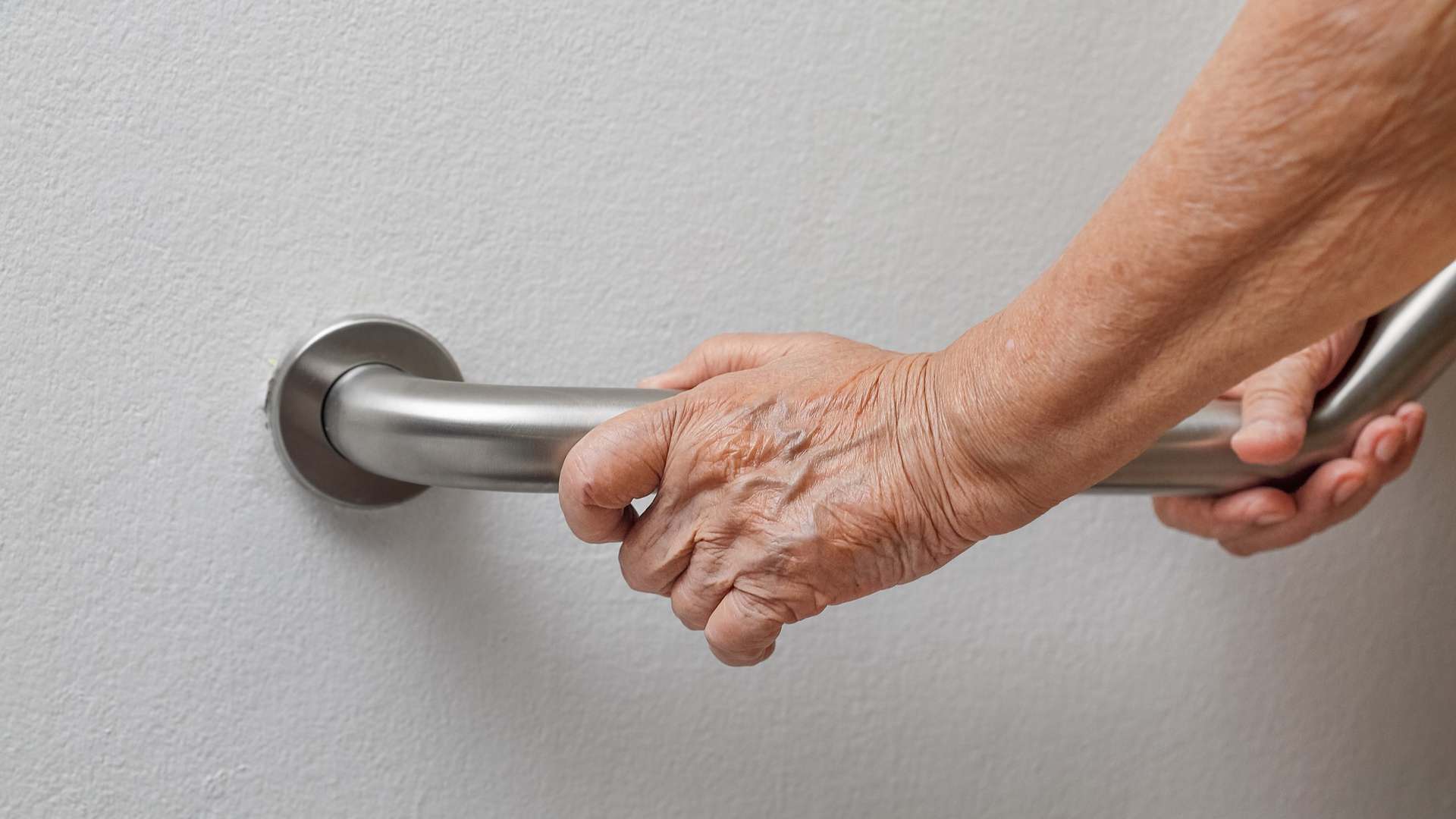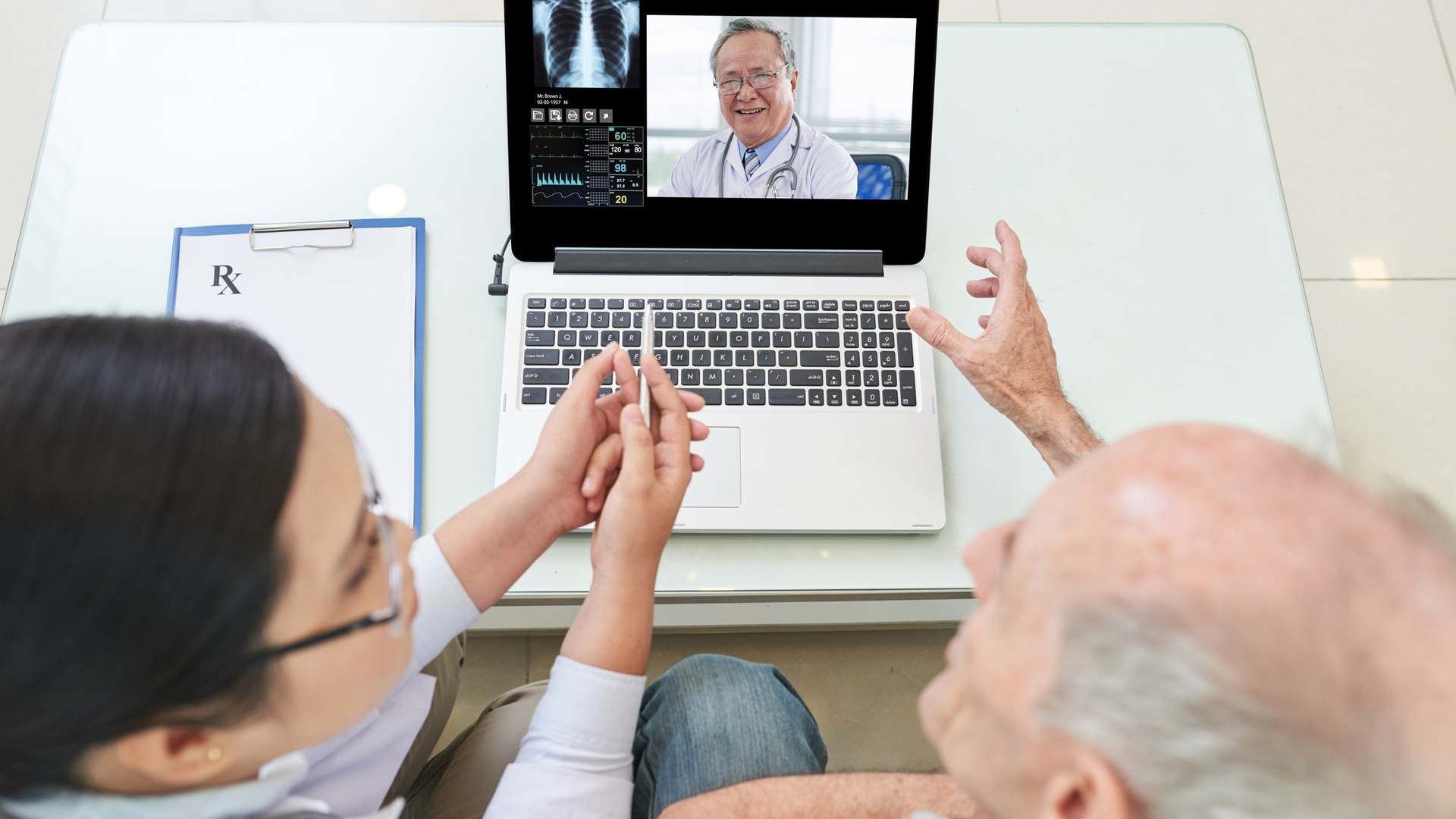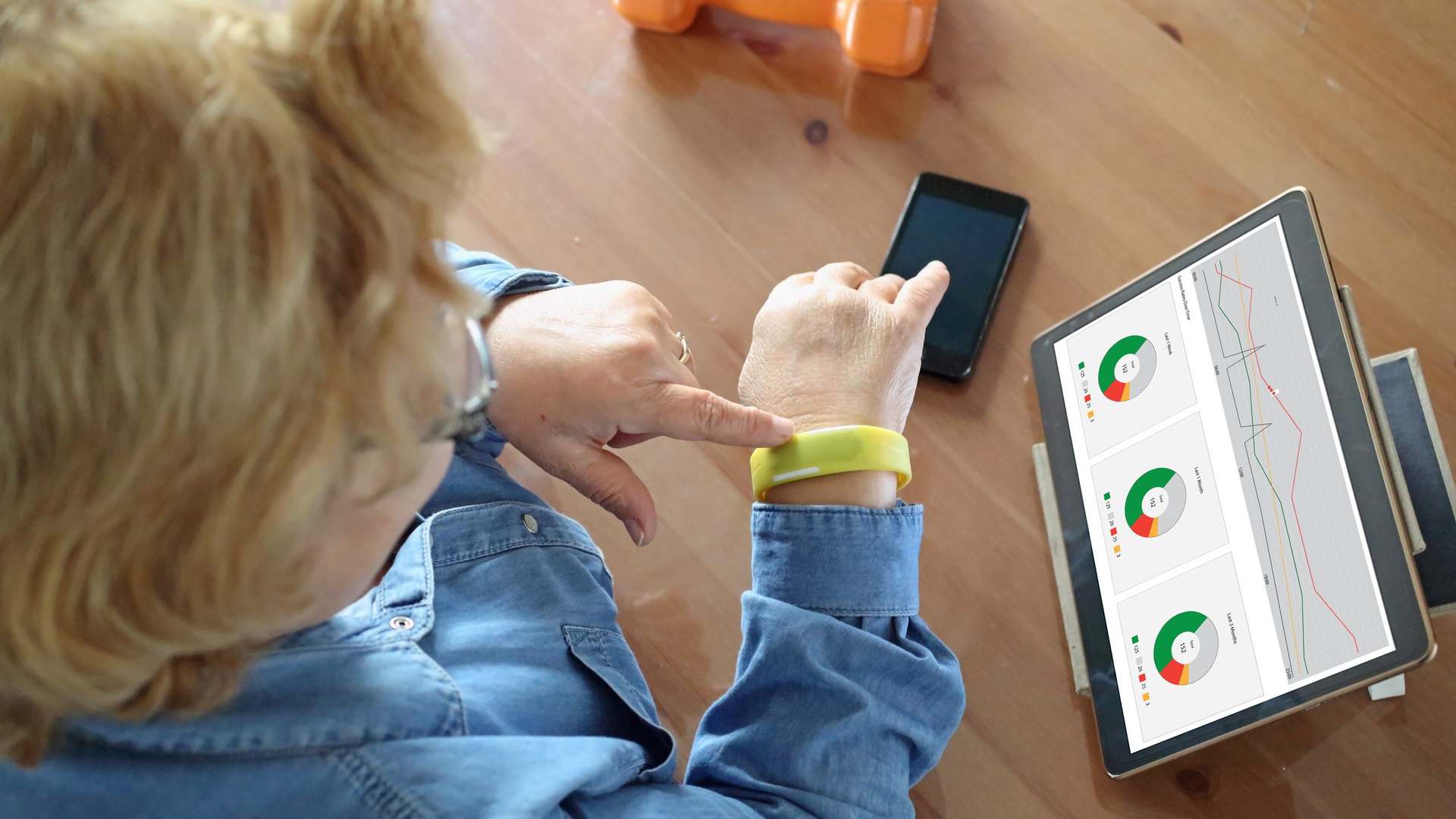How smart technology could reduce age-related falls
Smart technology may offer an innovative solution to prevent falls, reducing their impact on our growing older population.

Bid Proposal Development Manager

Smart technology may offer an innovative solution to prevent falls, reducing their impact on our growing older population.
For children, trips, tumbles and falls are a daily part of life, but as we age it gets harder and harder to bounce back. For the elderly population in particular, these falls can severely disrupt their daily lives. Not only do falls cause injuries, they can also impact a person’s mental health, with the fear of falling greatly reducing someone’s confidence.
I saw this first-hand when I was a child. My grandmother had what seemed like an innocuous fall one day while walking from one room to another in the house. She couldn’t get up from it and at the hospital they found a hairline fracture of the hip. It was the type of fall that most of us kids would have gotten straight up from, but for my 70-year-old grandmother it was completely devastating. Our exuberant and outgoing matriarch of the family suddenly became unconfident and dependent on others for help with day-to-day living. Never getting accustomed to the loss of dignity that went with losing her independence, she became almost a shadow of her former self. She never walked independently again, spending the rest of her life using a wheelchair to get around.
This story and others like it are very common. In fact, most people reading this will be able to think of their own personal story of how a fall has affected an elderly friend or family member. Unfortunately, these falls – and their cascading effects – can limit the joy our loved ones will get from their later years.

Falls can be dangerous
Falling in older adults can result in serious injury and adverse effects on quality of life. These falls can result in a loss of confidence, reduced levels of activity, loss of independence, social isolation and even fatality.
While falls can be devasting to the individual, they can also be costly to manage. Every year over 250,000 older people are admitted to hospital in England because of falling, making falls the most commonly reported hospital safety incident. These falls cost the NHS more than £4.4 billion per year for treatment of fractures alone; this includes £2.3 billion specifically for hip fractures as well as £1.1 billion for the social care associated with these falls. The scale of this problem is enormous throughout the world; a European study found that 30% of over 65s and 50% of those over 80 fall each year, with older adults who have fallen once, 2 – 3 times more likely to fall again within the year.
Worldwide, there were 703 million people aged 65 years or over in 2019 and this number is projected to double to 1.5 billion by 2050 [1]. With our population ageing rapidly, the incidence of falls and the costs they can have, both economically and socially, is a problem we need to begin to address. With the over 65 age group continuing to grow, we need to find innovative solutions to deal with the incidence of these falls and prevent them from happening in the first place.

Can smart technology help?
It is evident that falls present a daily risk to the well-being of our older population. But it is also clear that what we’re doing to prevent these falls is not entirely working. While we are aware of the risks of falls and the burden they can add, most intervention efforts occur once someone has already fallen, and are focused on physiotherapy, home and clothing modifications, and walking aids. Additionally, intervention methods like physiotherapy – which can include balance and strengthening exercises – rely on compliance, and studies have found issues with adherence for a number of different reasons. This has led researchers to think of methods that will both prevent falls and not intrude on a person’s lifestyle, both of which would greatly increase adherence and overall success rate.
Recent advances in measurement and sensor technologies have led to a large number of academic studies on the mechanics of gait and associated impairments. New companies have sprung up to harness these advances by developing personalised devices for gait measurement outside of the clinical environment. Such devices can carry out measurements in real-time throughout an individual’s day-to-day activities, sending the data to a clinical specialist who can devise a programme of intervention to address problems. FeetMe (France) and Orpyx (Canada) have both developed monitoring devices that are integrated into insoles and gather data on walking patterns and gait. The data is then available for analysis by a clinical specialist or physiotherapist who can then design a treatment plan.
UK-based pioneer Walk With Path has taken this a step further (pardon the pun!), creating solutions that address problems with gait and balance within the device. This is achieved not only by measuring gait, but also by providing real-time feedback using visual cues and vibrational motors. For Lise Pape – founder and managing director of Walk With Path – there was a realisation that innovative technology could begin to tackle problems with gait and associated falls. Watching her father’s struggles with Parkinson’s, Lise discovered that a relatively simple solution could help her father’s freezing of gait, while improving his confidence and mental well-being. This was the onus for the creation of Path Finder, a laser shoe attachment, providing visual cues to people with Parkinson’s. While Path Finder was specifically designed for mobility issues related to Parkinson’s, Lise and her team have developed a new product, Path Feel, which is a smart shoe insole that provides real-time therapeutic benefits.
One of the main reasons for the increased risk of falling later in life is the loss of feeling in the feet as we age, which can affect our walking and balance. The Path Feel insole has sensors that can detect walking patterns, and then transmits the data from the insole to a smart device. These data are analysed to provide information about how the user walks, identifying patterns that may indicate a higher risk of falling. Instructions are then fed back to the insole to provide a vibratory stimulus. These vibrations give the sensation of ‘feeling’ the floor through the feet, helping the person walk more naturally with better balance.
This product could be used as a supportive medical device for the elderly population as well as people with general balance issues (i.e. vertigo) and peripheral neuropathy, typically a result of nerve damage from diabetes, injury or infection. Additionally, due to the ‘invisible’ nature of the design and the ability to be placed in different shoes, the adherence rate should be higher than physiotherapy. In their first small trial, Path Feel was found to measurably improve balance in 11 out of 12 residents of a care home, which could reduce the risk of falling and improve quality of life by increasing confidence and independence.
These insoles offer a monumental engineering challenge; they need to function reliably in a very hostile environment – forced to deal with heat, sweat and a lot of weight. In addition, the smart technology must also be small and flexible as it needs to be contained within a durable insole that fits inside most shoes while offering the user flexion, comfort and support.

This is where CPI can contribute its considerable experience in smart device engineering and independent hardware evaluation. We will help to make these electronics durable, using our expertise in printable electronics while building a future scope for technology. Additionally, while these devices will have smart data integration, this relies on the use of a smartphone, something that a large percentage of the older generation do not have. We are therefore working on solutions to allow the data to be transmitted without the need for a phone. In collaboration with Walk With Path, we have assembled a world-class consortium to help improve Path Feel and prove its efficacy for fall prevention in older people.
The consortium of partners includes the Newcastle Innovation Centre for Ageing (NICA) and Manchester Metropolitan University, both world-leading centres for research into healthy ageing. Additionally, our partner, the York Health Economics Consortium will analyse the cost benefit to the NHS. We will also work with Voice Global to organise focus groups of older people and the general public who will evaluate the usability and desirability of Path Feel insoles.
Innovations – in both medicine and technology – are essential to ensuring our loved ones receive the support they need as they age. Innovative and smart medical technology may be able to help solve the additional economic and social burdens that falls can add. CPI plays a pivotal role in helping innovative companies like Walk With Path develop their technologies so that they are available to provide benefits to end users faster. As our population ages, it is essential that we start to use the tools we possess to come up with innovative solutions. This could help to protect older people – like my grandmother – stay mobile, independent and happy, keeping the golden years gold for longer.
[1] United Nations, Department of Economic and Social Affairs, Population Division (2020). World Population Ageing 2019 (ST/ESA/SER.A/444).
Enjoyed this article? Keep reading more expert insights...
CPI ensures that great inventions gets the best opportunity to become a successfully marketed product or process. We provide industry-relevant expertise and assets, supporting proof of concept and scale up services for the development of your innovative products and processes.